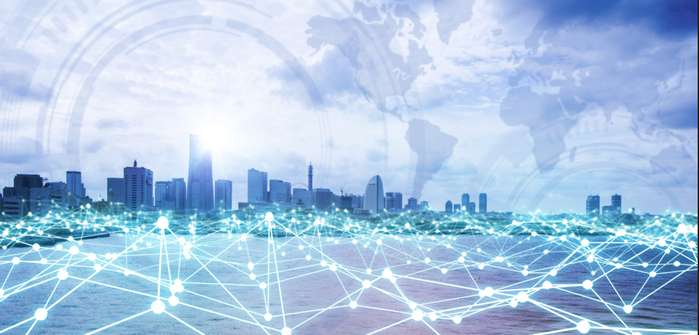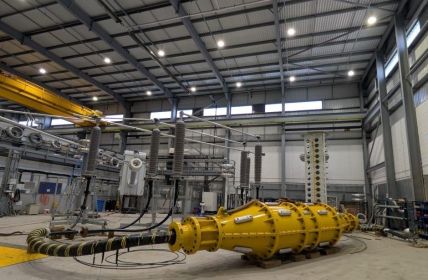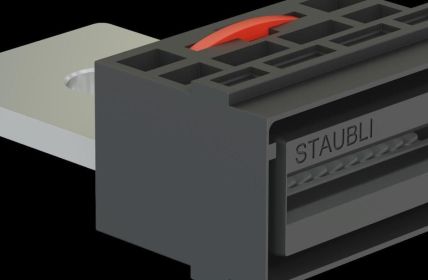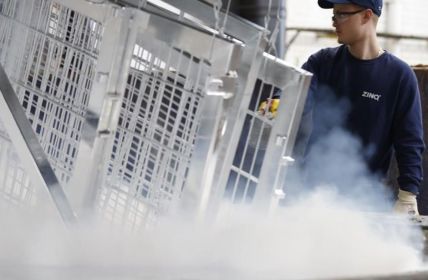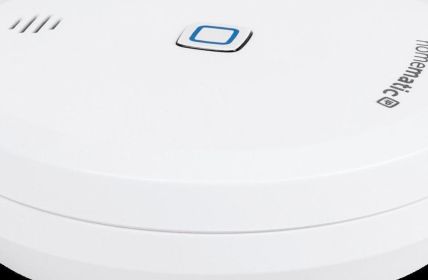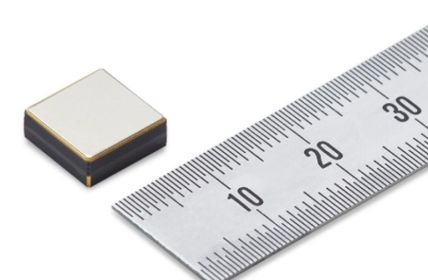Severn Trent Water, an English water utility has entered into a collaboration with IoT companies Connexin and Itron. The aim of the partnership is to digitize the Coventry and Warwickshire water network.
Table of Contents: What awaits you in this article
Severn Trent Water: water supplier for millions
Severn Trent Water has its headquarters in Coventry, England. From there, it supplies water to about four million people and also handles wastewater treatment in the Midlands and Wales. The parent company has branches in the United Kingdom, the European Union, the United States and the Middle East.
Green recovery program after the pandemic
The company has been tasked by the British government with introducing measures to help the United Kingdom get back on its feet after the pandemic, and not just economically. The £565 million project, known as the Green Recovery Program, is also intended to ensure that this recovery process takes place on a sustainable basis. Among other things, Servern Trent Water is expected to ensure that up to 2,500 new jobs are also created in the Midlands through new innovative green projects that benefit everyone.
Green projects for a better life
For example, the water utility has been charged with not only providing wild swimming and bathing opportunities by creating new tributaries. Replacing lead-containing pipes in 26,000 households for testing purposes is also high on the agenda. New and sustainable technologies should be used above all. Likewise with measures to increase water supply through low-carbon materials.
IoT for the green transformation
All these plans are to be made possible through the use of Internet of Things (IoT) technologies. To realize them, the company has enlisted support from Connexin and Itron. With the help of the two smart technology providers, a £20 million sub-project aims to digitize the water network in Coventry and Warwickshire.
Network optimization with LoRaWAN
In a first step, up to 150,000 LoRaWAN water meters, as well as a carrier network, will be implemented from March 2022. They are to generate, collect and analyze data in real time on actual water consumption in an automated and remote manner.
With these values, the municipal utilities are to be enabled to offer their customers precisely tailored services, to detect under- or oversupply, and to detect leaks. In the opinion of all those involved, this will lead to a reduction in costs for providers and users.
On the other hand, an increasing relief of the environment is also made possible by the constant monitoring of the facility. Continuous monitoring of emission levels and system efficiency can help to minimize potential damage with consequences for the ecosystem.


